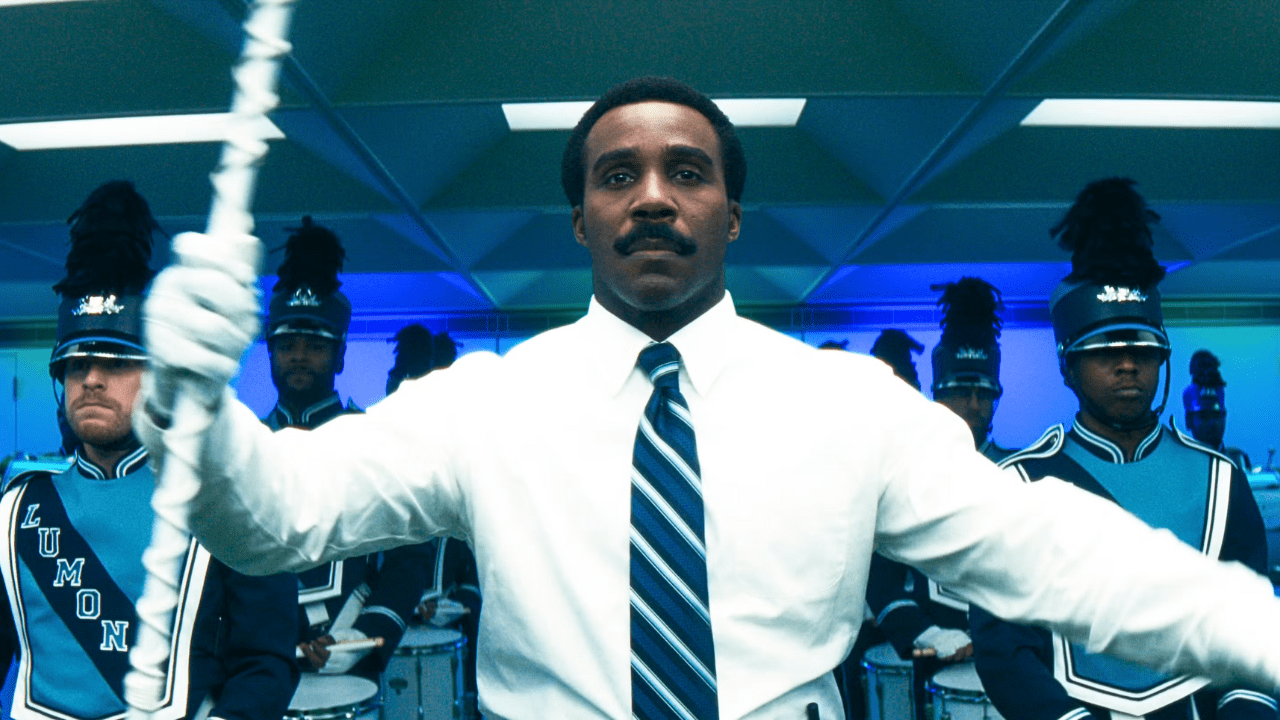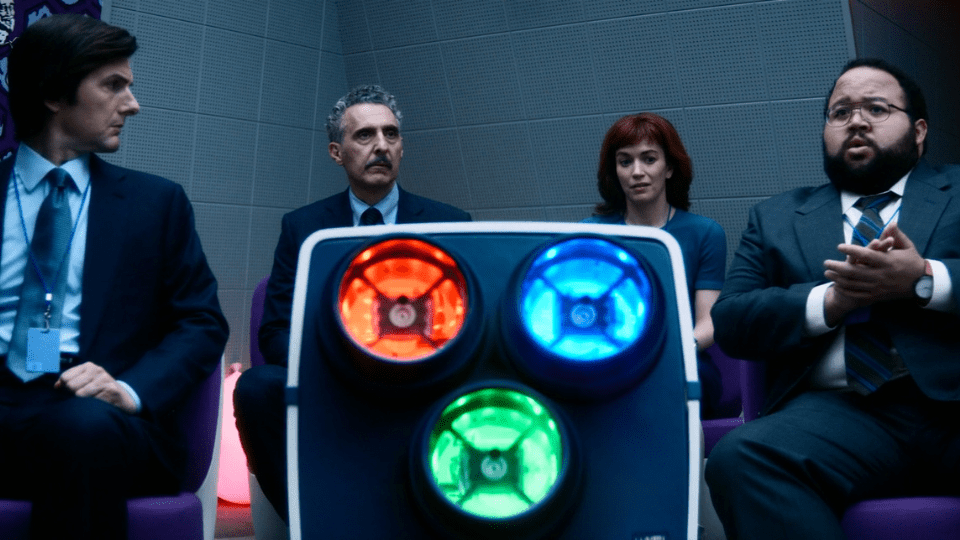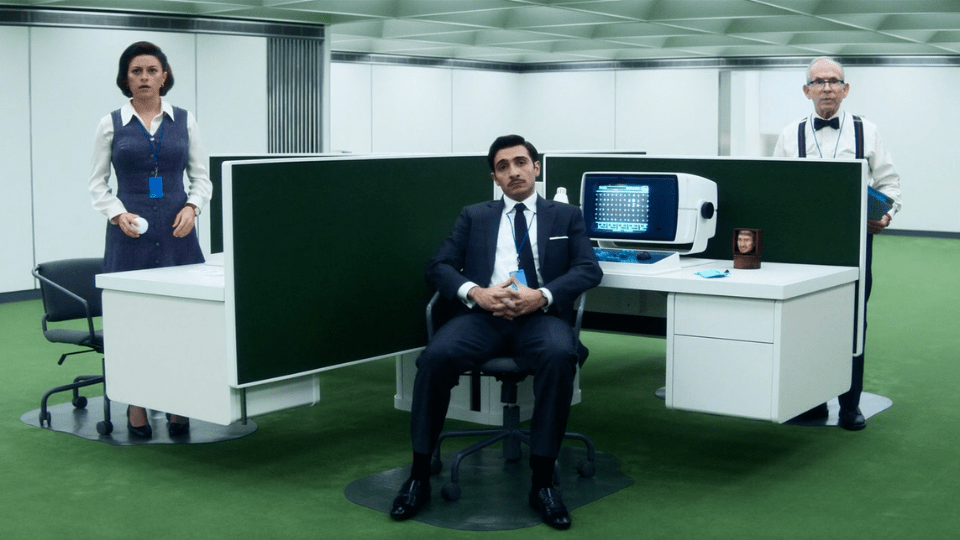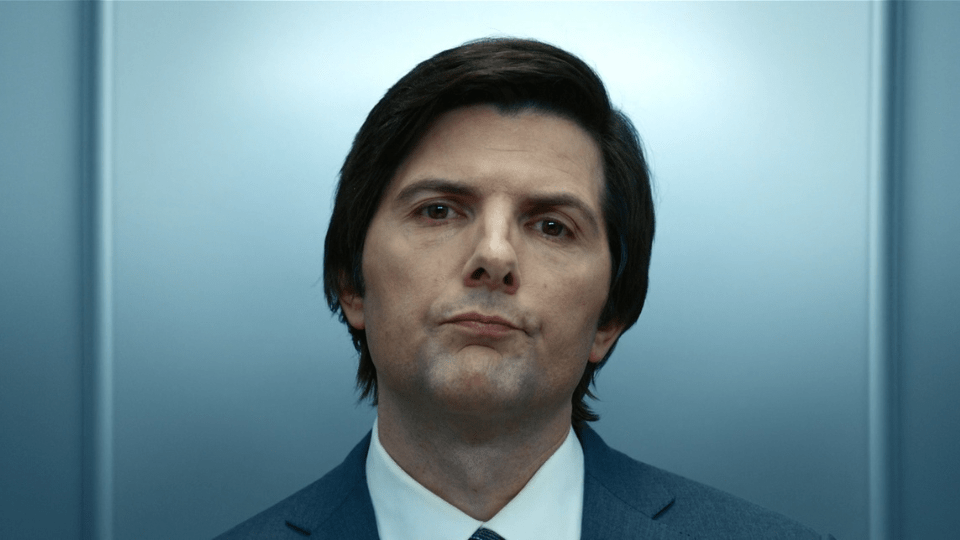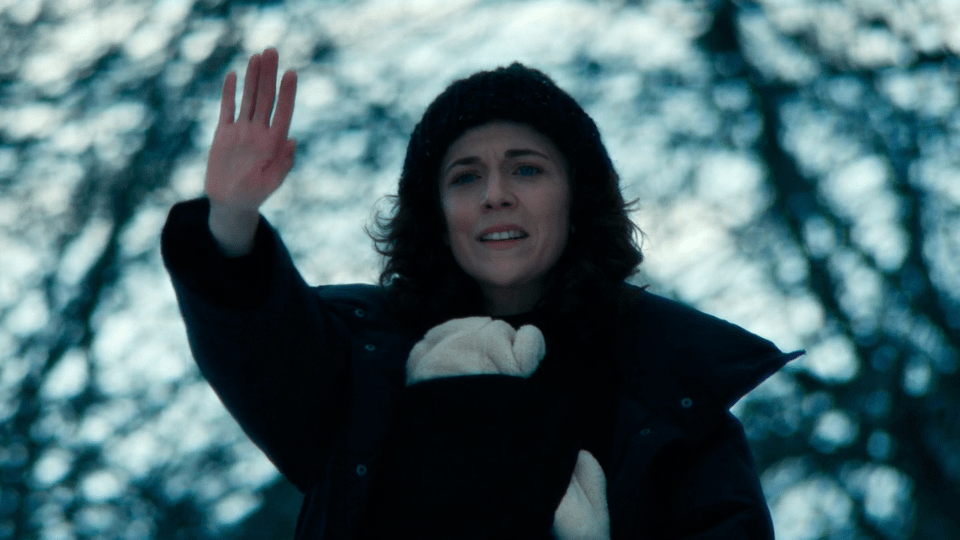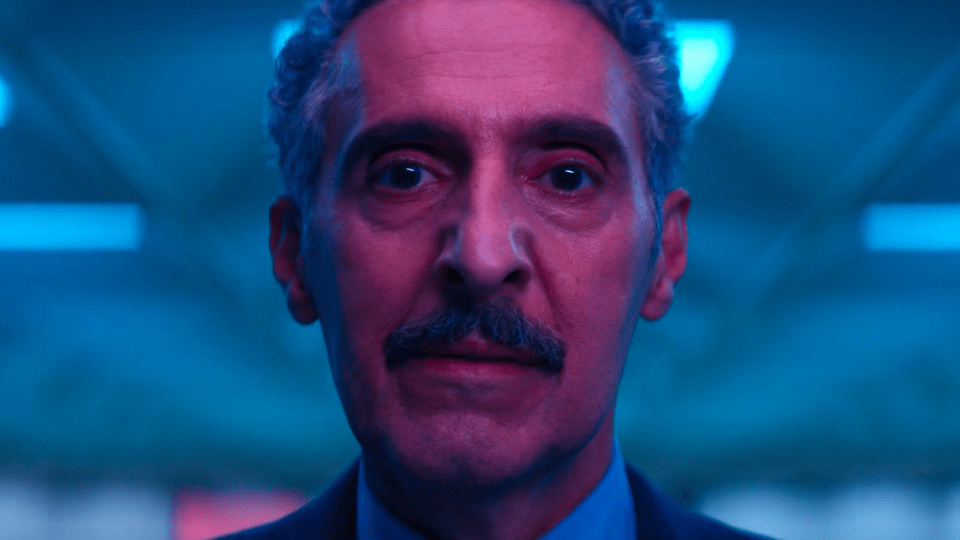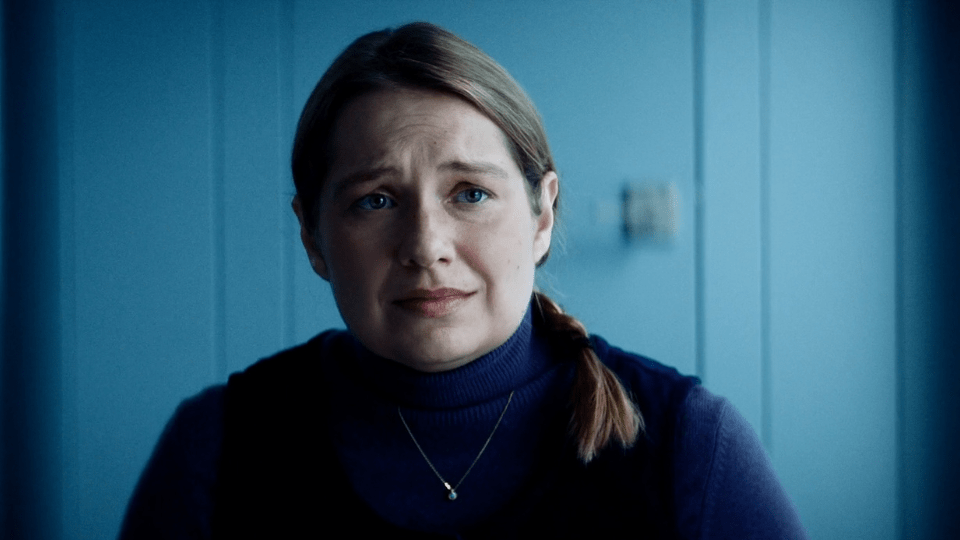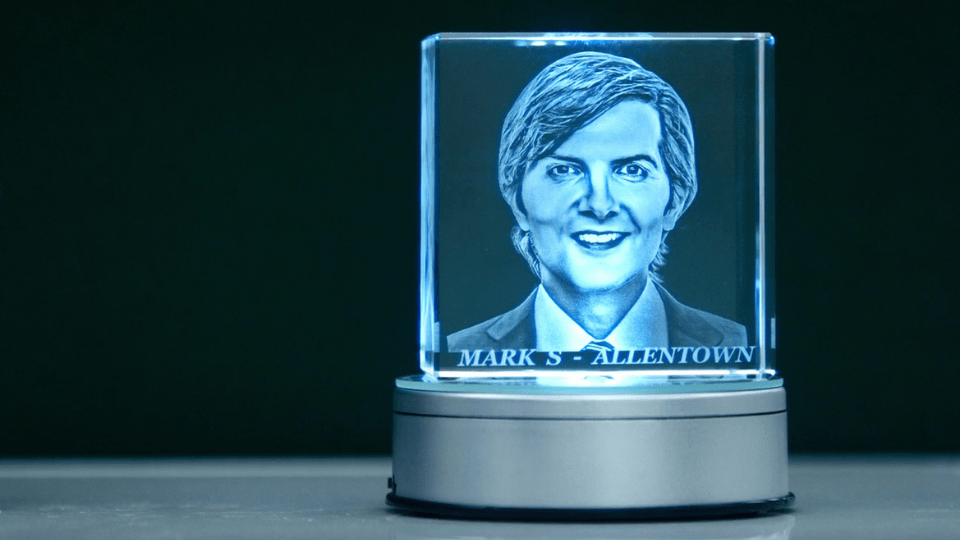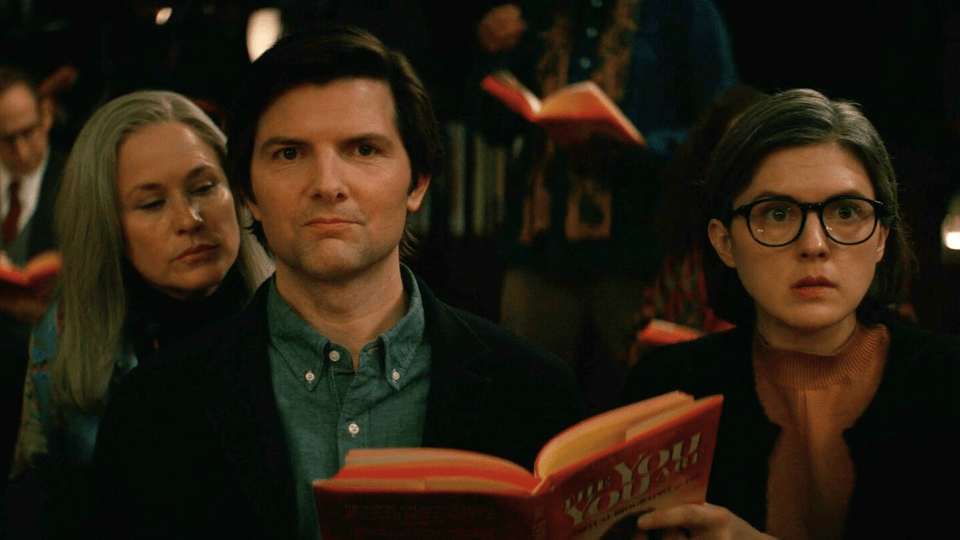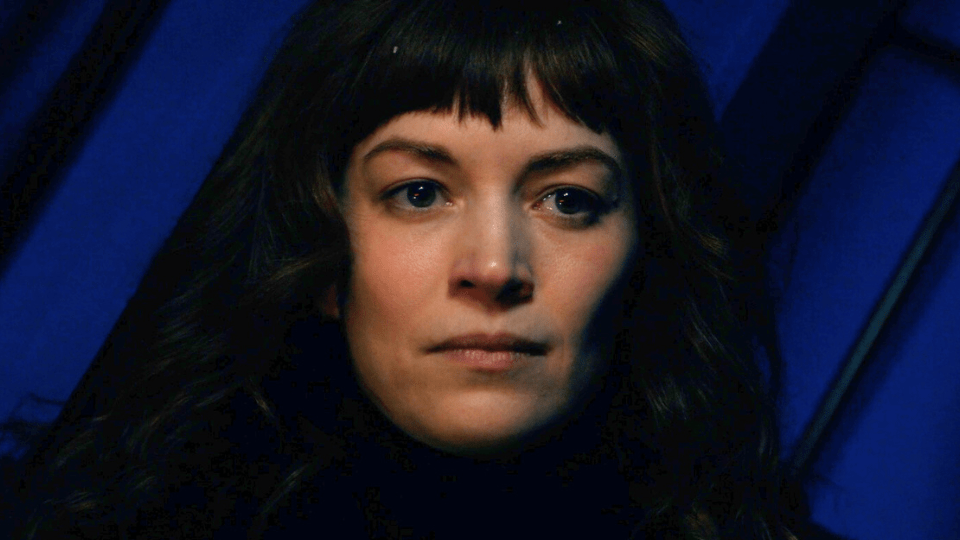A Masterstroke of Psychological Warfare
In a show filled with unsettling details and cryptic symbolism, few moments are as jarring for Irving B as the brief glimpse of "The Grim Barbarity of Optics and Design" painting at the printer in Severance Season 1, Episode 5. When Irving stumbles upon the painting coming out of the MDR copier, it’s a visual gut punch for him: grotesque imagery, bureaucratic brutality, and implications of violence hidden beneath corporate normalcy. But what exactly is The Grim Barbarity Severance moment trying to tell us? Beneath the disturbing art lies a deeper truth about Lumon’s manipulation, the nature of identity, and how Severance toys with its own mythology. The painting isn’t just window dressing, it’s a clue to their main goals that we aren't privvy to yet...
Accident or Intent?
When Irving finds the painting, Mr. Milchick is seconds too late to stop him. The timing is suspicious. Was it an oversight, or was Irving meant to see it? When Milchick later refers to the event as a “266,” fans scrambled to decode what that number meant. A now-deleted tweet from the official Lumon Twitter account described a “class 266 level breakthrough” in “cytomembrane manipulation” by the FC division - a cryptic reference that blurs the line between fictional marketing and in-world lore.
This leaves us wondering: could a “266” refer to psychological manipulation protocols within Lumon? If so, The Grim Barbarity painting may be a tool of psychological control, a method to destabilize certain employees. Specifically, ones like Irving - dedicated, curious, and quietly subversive. By exposing him to this gruesome depiction of workplace violence, Lumon may be probing for cracks in his psychological armor. Whether orchestrated or accidental, the event catalyzes Irving’s growing unease with Lumon and may mark the beginning of his personal unraveling or awakening.
When Irving's Subconscious Fights Back
Irving is already a complex figure. Unlike other characters on the Severed floor, his subconscious is leaking into his work life most vividly through the dripping black paint hallucinations that seem to spill from his Outie’s nighttime rituals onto his Innie’s desk. These aren’t just dreamlike flourishes; they hint at a deepening subconscious connection between his two selves. We know Irving’s Outie paints obsessively, staying up all night, drinking coffee, and pouring black paint across canvases that mirror his Innie’s visions. It’s as if his Outie is trying to communicate through the barrier of the severance chip.
The Grim Barbarity moment may have cracked open the door even further. Could sleep deprivation and subconscious stimuli be Irving’s way of tunneling through the mental firewalls imposed by Lumon? He’s not just a man who now naps at his desk he’s a man whose mind is at war with itself, trying to force reunion across a man-made split.
It’s as if his Outie is trying to communicate through the barrier of the severance chip.
Memory or Manipulation
Irving’s closet literally and metaphorically is full of secrets. His Outie has hidden documents, notes, and paintings that suggest an ongoing investigation into Lumon’s secrets. These aren’t just idle curiosities; they are part of a systematic effort to piece together the truth about Severance and the company’s reach.
Seen in this context, The Grim Barbarity painting is more than just a disturbing piece of corporate artwork. It’s a symbol of resistance. Perhaps it even acts as a psychological trigger, planted to frighten employees who are on the cusp of rebellion. Whether by design or by Irving’s own perception, it accelerates his transformation from passive employee to active seeker of truth. The painting may also reinforce a broader theme in Severance: that art, memory, and pain are all intertwined in the quest for autonomy. Lumon may try to strip its workers of identity, but glimpses like The Grim Barbarity show that some truths are too powerful to suppress especially when they take visual form.
Severance continues to be a masterclass in layered storytelling, and The Grim Barbarity sequence is an example of how a single image can carry enormous narrative weight. Whether it was meant as a warning, a slip-up, or a test, the painting acts as a pivotal moment in Irving’s journey and in the viewer’s understanding of how deeply Lumon is willing to manipulate its employees. It’s one of many clues that remind us: in Lumon, nothing is accidental, and everything is curated for psychological impact. And for viewers with sharp eyes and curious minds, the show rewards that attention tenfold.



